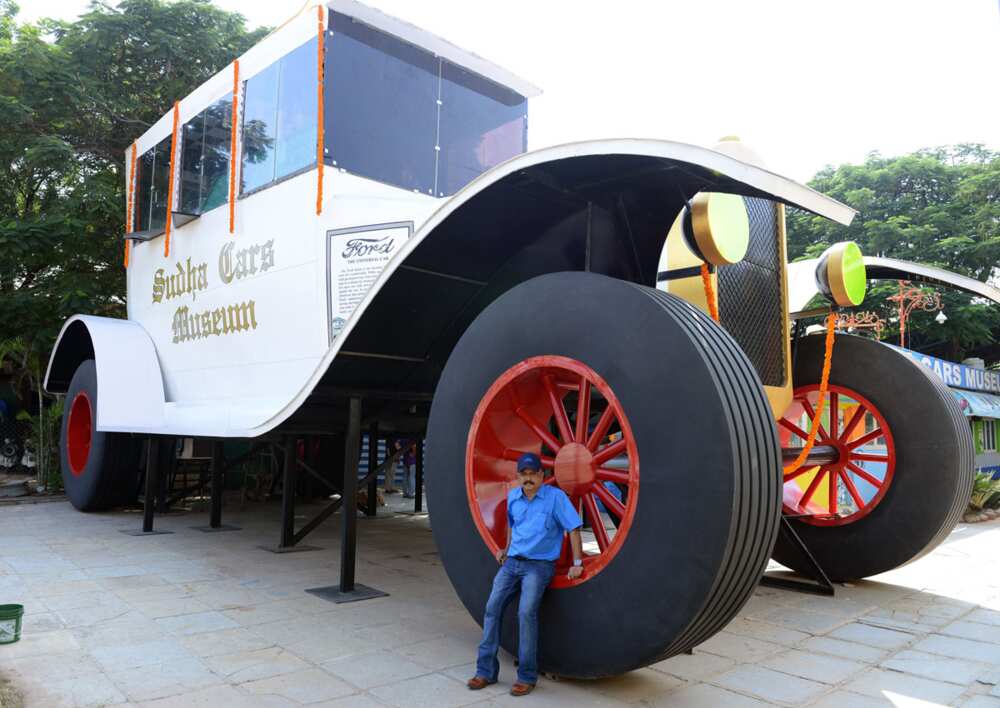World's Biggest Cars: From Cadillac To Super Limos
What defines automotive greatness? Is it sheer size, groundbreaking engineering, or the audacity to defy conventional design? From the behemoths of the open road to the compact wonders of urban navigation, the automotive world is a fascinating landscape of extremes.
The pursuit of automotive superlatives has captivated engineers and enthusiasts for decades. In the 1970s, American car manufacturers seemed to hold a near-monopoly on the concept of "big." The Cadillac Series 70, a true land yacht at 6.4 meters long and over two meters wide, presented a formidable challenge to even the most experienced parker. Not to be outdone, the Checker Aerobus, a peculiar hybrid of a New York City taxi and a monster truck, lumbered through the streets, turning heads wherever it went. These vehicles, while impressive in their own right, pale in comparison to some of the automotive titans that have emerged over the years.
| Name | Robert Wadlow |
| Born | February 22, 1918, Alton, Illinois, USA |
| Died | July 15, 1940, Manistee, Michigan, USA |
| Known For | Tallest person in recorded history |
| Height | 8 ft 11.1 in (2.72 m) |
| Weight | 439 lb (199 kg) at time of death |
| Career | Promotional appearances for the International Shoe Company |
| Reference | Guinness World Records |
Consider the "American Dream," the world's longest car. Restored and unveiled on March 1, 2022, at Dezerland Action Park in Orlando, Florida, this behemoth measures a staggering 30.54 meters (100 feet and 1.5 inches). Originally built in 1986, the American Dream dwarfs even the most extravagant stretch limousines. With 26 wheels and two V8 engines one at the front and one at the rear this automotive marvel requires a skilled driver and a very, very long parking space.
At the other end of the spectrum lies the Peel P50, a microcar so small it could fit inside the trunk of some of its larger counterparts. This three-wheeled wonder, measuring just 1.37 meters long and 0.99 meters wide, holds the Guinness World Record for the smallest production car ever made. Its diminutive size, while impractical for long journeys or large families, makes it a champion of urban maneuverability.
Beyond length, other dimensions contribute to a vehicle's claim to fame. The world's tallest pickup truck, for instance, towers over standard vehicles, commanding attention with its sheer height. While specific measurements vary depending on the model and modifications, these giants often exceed two meters in height, making them a challenge to fit in standard garages or under low-hanging bridges. They represent a unique segment of the automotive world, catering to those who prioritize vertical space and off-road capabilities.
The quest for the biggest, smallest, tallest, or widest vehicle reflects a broader fascination with automotive extremes. It pushes the boundaries of engineering and design, forcing us to reconsider what is possible on four (or sometimes three) wheels. While practicality often takes a backseat to sheer spectacle, these vehicles capture the imagination and spark a sense of wonder.
Automakers, keenly aware of this fascination, constantly push the envelope, exploring new dimensions and configurations. While the average car size continues to increase, offering more interior space and comfort, the extremes continue to fascinate. Whether it's the sheer length of a limousine, the towering height of a monster truck, or the compact ingenuity of a microcar, these automotive outliers remind us that the possibilities are endless.
The pursuit of automotive superlatives isn't just about breaking records; it's about exploring the limits of what's possible. It's a testament to human ingenuity and the enduring fascination with all things automotive. And as long as there are engineers and enthusiasts willing to push the boundaries, the world of automotive extremes will continue to surprise and amaze.
Consider the impact Robert Wadlow, the tallest man ever recorded, had on everyday objects. Born in 1918, he reached an astounding 8 feet 11.1 inches. His extraordinary height necessitated custom-made everythingchairs, beds (multiple pushed together), tents, uniforms, and sleeping bags. His existence underscores the ripple effects of extraordinary size, echoing the challenges faced by designers of exceptionally large vehicles.
Similarly, architects like Bertrand Goldberg, who designed the Marina City complex in Chicago in 1967 then the worlds tallest residential building and tallest concrete structure had to consider size in unconventional ways. The building's nineteen floors of spiraling parking garages highlight the challenge of accommodating even standard-sized vehicles in urban environments, let alone the giants some manufacturers are producing. The question "how big are the biggest cars?" takes on new meaning when designing structures meant to house them.



Detail Author:
- Name : Lacy Harris DVM
- Email : hirthe.merl@gmail.com
- Birthdate : 1974-12-16
- Address : 1669 Satterfield Light Lake Raquelfurt, WV 94961-2145
- Phone : 1-539-376-1993
- Company : Goyette LLC
- Job : Agricultural Science Technician
- Bio : Sed ea aut natus numquam incidunt cum modi. Veniam ea animi impedit eligendi et.